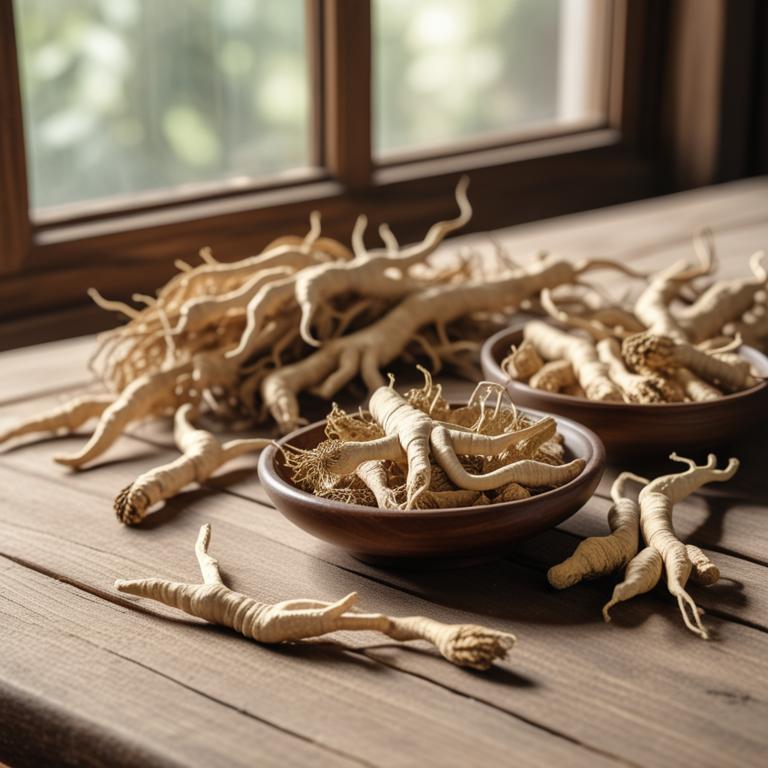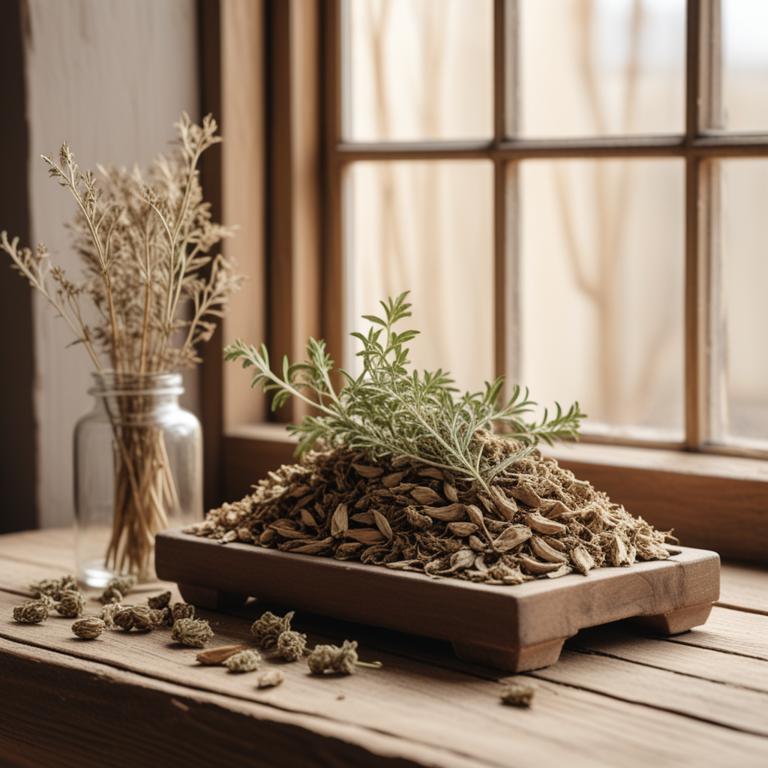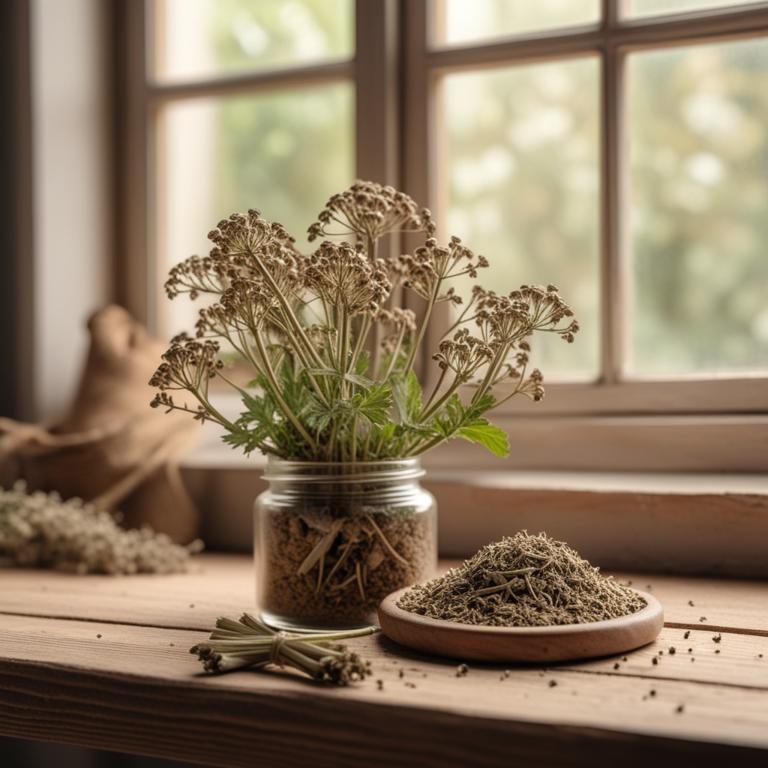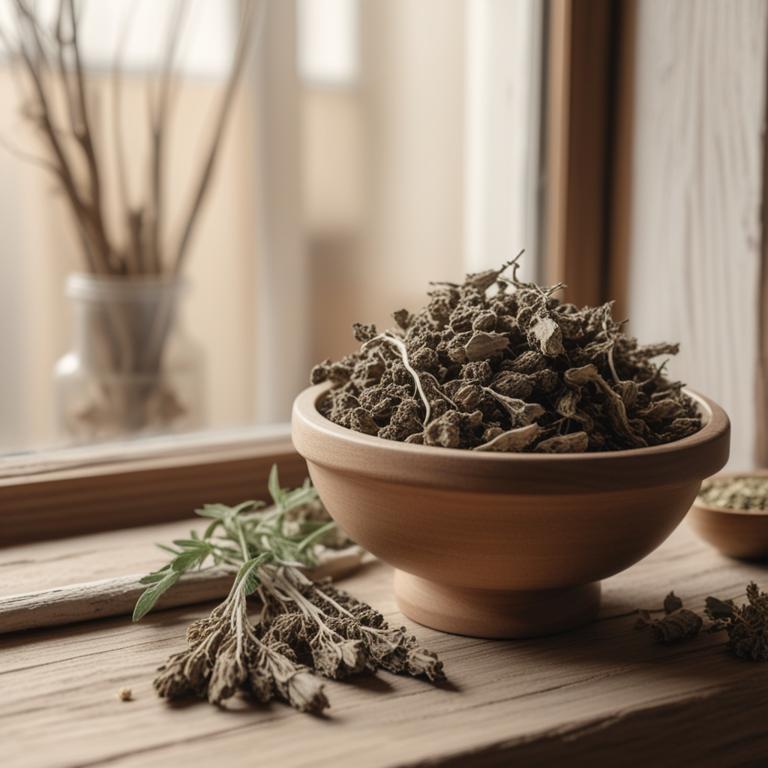Updated: Nov 30, 2024
8 Herbal Creams For Varicose Veins
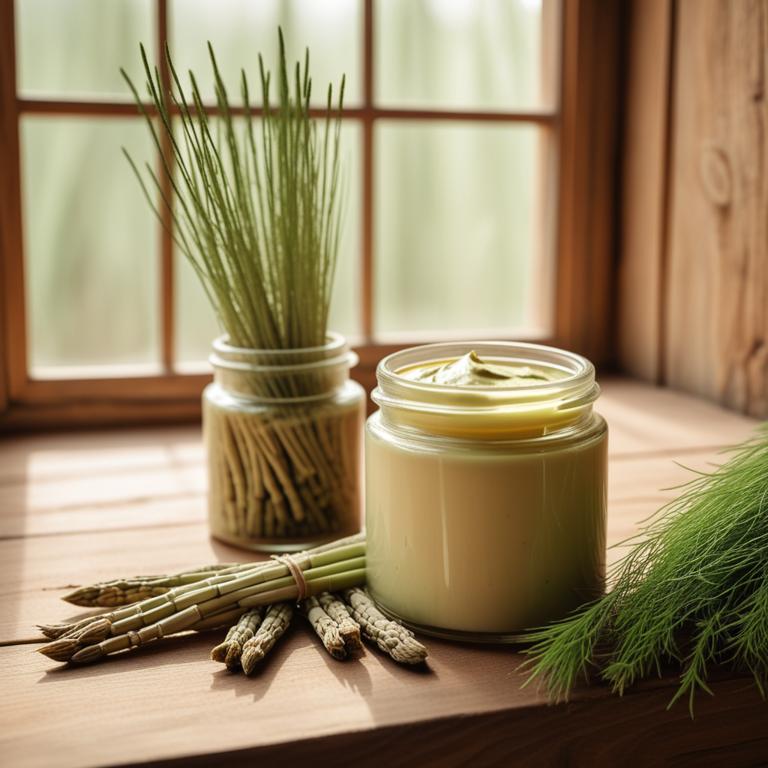
Herbal creams can be a great natural remedy for varicose veins.
These creams are made from plant extracts that help to improve blood circulation and reduce inflammation in the affected area. One of the main reasons why herbal creams are effective is because they contain bioflavonoids, which are powerful antioxidants that help to strengthen the walls of blood vessels and improve blood flow. Hamamelis virginiana, also known as witch hazel, is a great example of a herb that can be used to relieve varicose veins. It has anti-inflammatory properties that help to reduce swelling and pain, and it also helps to improve blood circulation by relaxing the veins and arteries. Ruscus aculeatus, or butcher's broom, is another herb that is commonly used to treat varicose veins.
It contains ruscogenin, a compound that helps to improve blood circulation by reducing inflammation and promoting the contraction of veins. Ginkgo biloba is a well-known herb that has been used for centuries to improve blood circulation and reduce the risk of blood clots. It contains flavonoids and terpenoids that help to improve blood flow and reduce inflammation in the affected area. Using herbal creams for varicose veins can bring many benefits to your life. For one, they can help to reduce pain and discomfort associated with varicose veins, making it easier to walk and engage in physical activities. They can also help to improve your overall circulation, which can reduce the risk of blood clots and other cardiovascular problems.
Additionally, herbal creams are a natural and non-invasive way to treat varicose veins, making them a great alternative to surgery or other medical treatments.
This article explains in detail what are the best herbal teas for varicose veins and wh.
Also, you may be interested in...
Today Free Bonus!
The Ultimate Herb Drying Checklist
(For Long-Lasting Powerful Medicinal Effect)
How to easily dry herbs that don't mold and that keep their strong medicinal power for more than 1 year.
Table of Contents
1. Hamamelis virginiana
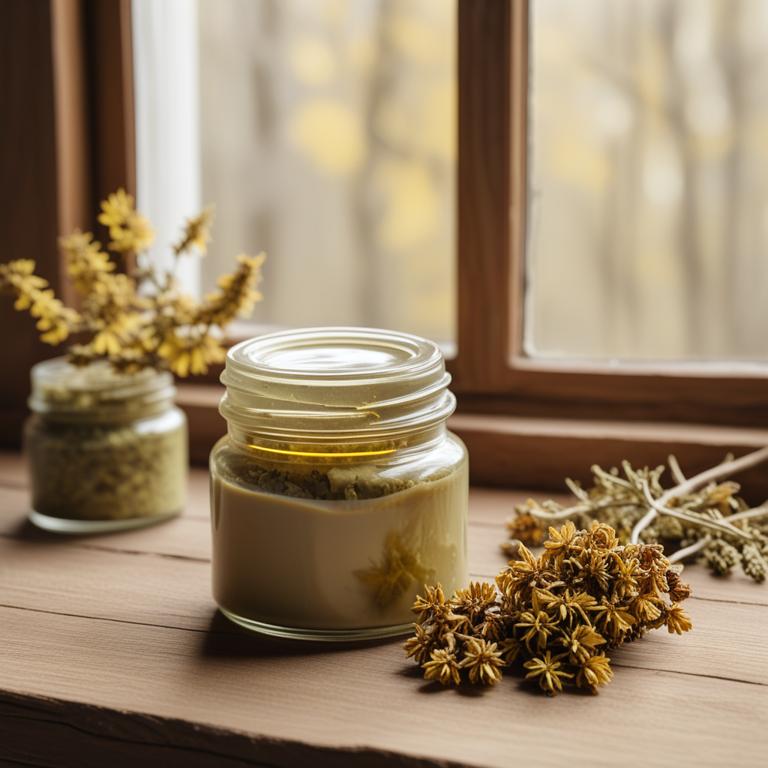
Hamamelis virginiana creams contains a high concentration of tannins, flavonoids, and phenolic acids, which are key bioactive constituents that contribute to its therapeutic properties.
The tannins in Hamamelis virginiana creams have astringent properties, which help to reduce inflammation and improve blood vessel tone, making it beneficial for varicose veins. The flavonoids present in the cream have antioxidant properties, which help to protect the blood vessels from oxidative stress and promote healthy blood flow. The phenolic acids in Hamamelis virginiana creams have anti-inflammatory properties, which help to reduce swelling and pain associated with varicose veins.
By reducing inflammation and improving blood vessel tone, Hamamelis virginiana creams can help to alleviate symptoms of varicose veins.
- Gather 1 cup of dried Hamamelis virginiana leaves, 1 cup of coconut oil, 1/2 cup of beeswax, 2 tablespoons of vitamin E oil, and 2 tablespoons of aloe vera gel.
- Combine the dried Hamamelis virginiana leaves and coconut oil in a saucepan and heat on low until the oil is warm.
- Strain the mixture through a cheesecloth or a fine-mesh sieve into a bowl, discarding the solids.
- In a separate saucepan, melt the beeswax over low heat. Then, add the strained liquid mixture, vitamin E oil, and aloe vera gel. Stir until well combined.
- Pour the mixture into a container and let it cool and harden. Once set, your Hamamelis virginiana cream for varicose veins is ready to use.
2. Ruscus aculeatus
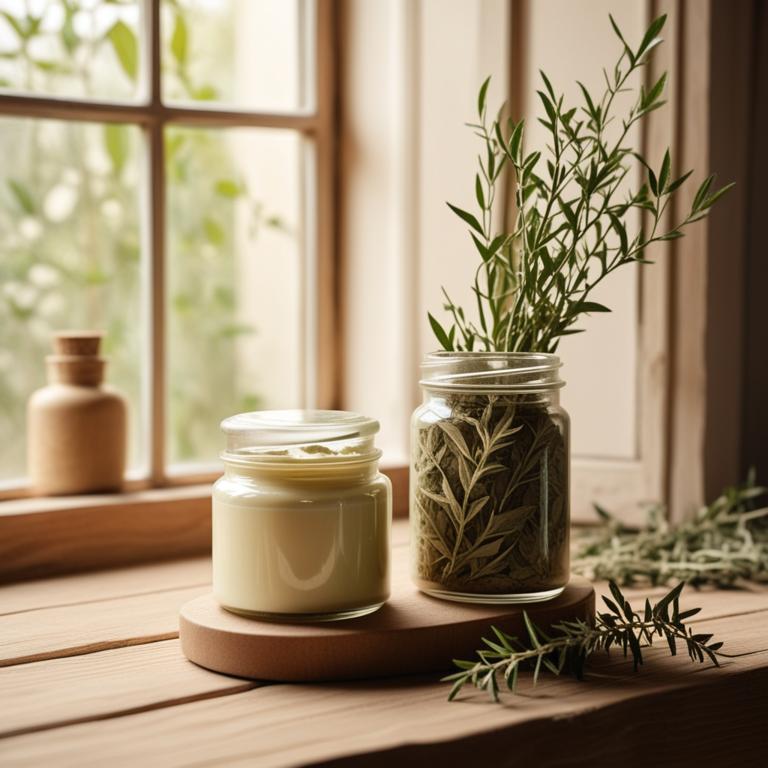
Ruscus aculeatus creams contains active constituents like ruscogenin and aculeatin, which have anti-inflammatory and antioxidant properties.
These properties help to reduce swelling and improve circulation, which can alleviate symptoms of varicose veins. Ruscus aculeatus also contains flavonoids and saponins, which have a soothing effect on the veins and promote their health. The cream's anti-inflammatory properties can also help to reduce pain and discomfort associated with varicose veins.
By improving circulation and reducing inflammation, Ruscus aculeatus creams can provide relief from the symptoms of varicose veins.
- Gather 2 cups of fresh Ruscus aculeatus leaves and 1 cup of carrier oil (coconut or olive oil) in a clean glass bowl.
- Chop the Ruscus aculeatus leaves into small pieces and add them to the bowl with the carrier oil.
- Steep the mixture in a cool, dark place for 2 weeks, shaking the bowl every day to help the oil extract from the leaves.
- After 2 weeks, strain the mixture through a cheesecloth or a coffee filter into another clean glass bowl, discarding the solids.
- Transfer the extracted oil to a glass jar and store it in a cool, dark place. Use 2-3 tablespoons of the Ruscus aculeatus cream as needed to help soothe and reduce the appearance of varicose veins.
3. Ginkgo biloba
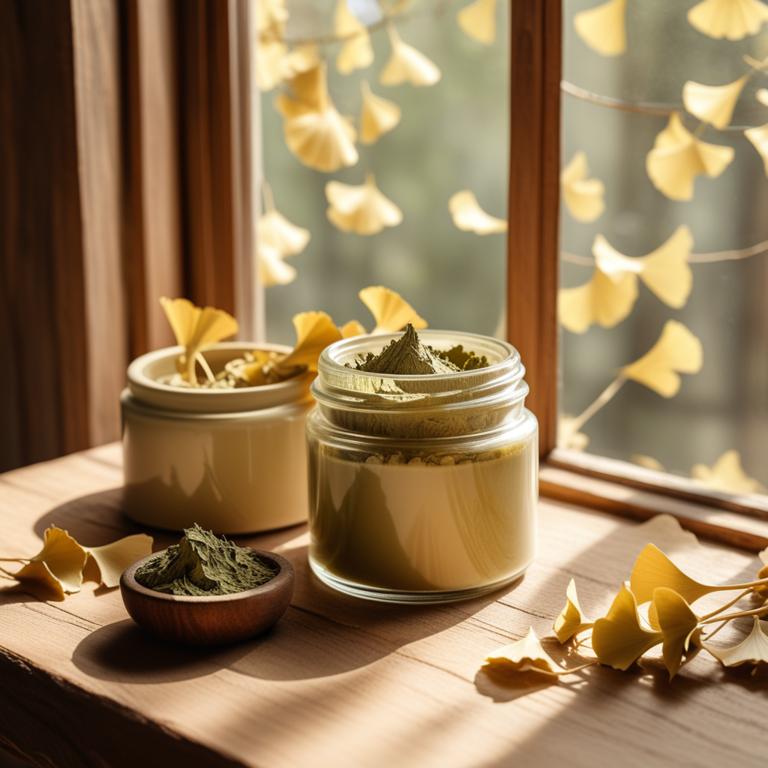
Ginkgo biloba creams contains flavonoids, terpenoids, and bilobalide, which are powerful antioxidants that help improve blood flow and reduce inflammation.
The flavonoids, specifically quercetin and kaempferol, have anti-inflammatory properties that soothe and calm the blood vessels, making them less likely to become varicose. The terpenoids, particularly ginkgolides A and B, help to improve blood circulation and reduce vascular fragility, which can contribute to varicose veins. Bilobalide, a unique compound found in Ginkgo biloba, has been shown to have a protective effect on blood vessel walls, reducing the risk of damage and inflammation.
By improving blood flow and reducing inflammation, Ginkgo biloba creams can help to alleviate the symptoms of varicose veins.
- Gather ingredients: 1 cup of coconut oil, 1/4 cup of beeswax, 2 tablespoons of Ginkgo biloba extract, 2 tablespoons of vitamin E oil, and 2 tablespoons of shea butter.
- Melt coconut oil and beeswax in a double boiler or a microwave-safe bowl in 10-second increments, stirring between each interval, until smooth.
- Add Ginkgo biloba extract, vitamin E oil, and shea butter to the melted mixture. Stir well to combine.
- Pour the mixture into a bowl or container and let it cool until it reaches a thick, creamy consistency.
- Apply the Ginkgo biloba cream to affected areas of varicose veins 2-3 times a day to help improve circulation and reduce swelling.
4. Aesculus hippocastanum
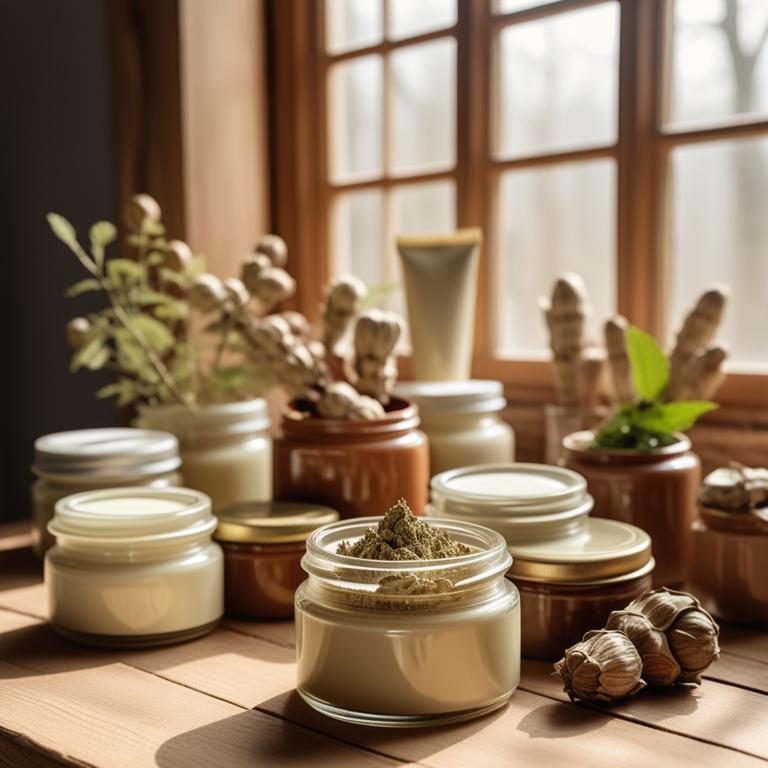
Aesculus hippocastanum creams contains a high concentration of flavonoids, particularly aescin, which is responsible for its therapeutic effects.
Aescin has anti-inflammatory properties that help to reduce swelling and improve circulation in the affected areas. It also strengthens the walls of blood vessels, making them less prone to stretching and weakening. The flavonoids in Aesculus hippocastanum creams have a vasoconstrictive effect, which helps to reduce blood flow to the affected area and alleviate symptoms of varicose veins.
This combination of properties makes Aesculus hippocastanum creams an effective treatment for varicose veins.
- Gather ingredients: 2 cups of Aesculus hippocastanum seeds, 2 cups of carrier oil (coconut or sweet almond oil), and 1 teaspoon of vitamin E oil.
- Dry the Aesculus hippocastanum seeds in a low-temperature oven (150°F) for 2 hours.
- Grind the dried seeds into a fine powder using a coffee grinder or mortar and pestle.
- Mix 1 cup of the seed powder with 2 cups of carrier oil and 1 teaspoon of vitamin E oil in a glass jar.
- Store the mixture in a cool, dark place for 2 weeks, shaking the jar daily to infuse the oil. Strain and use the cream as needed.
5. Vaccinium myrtillus
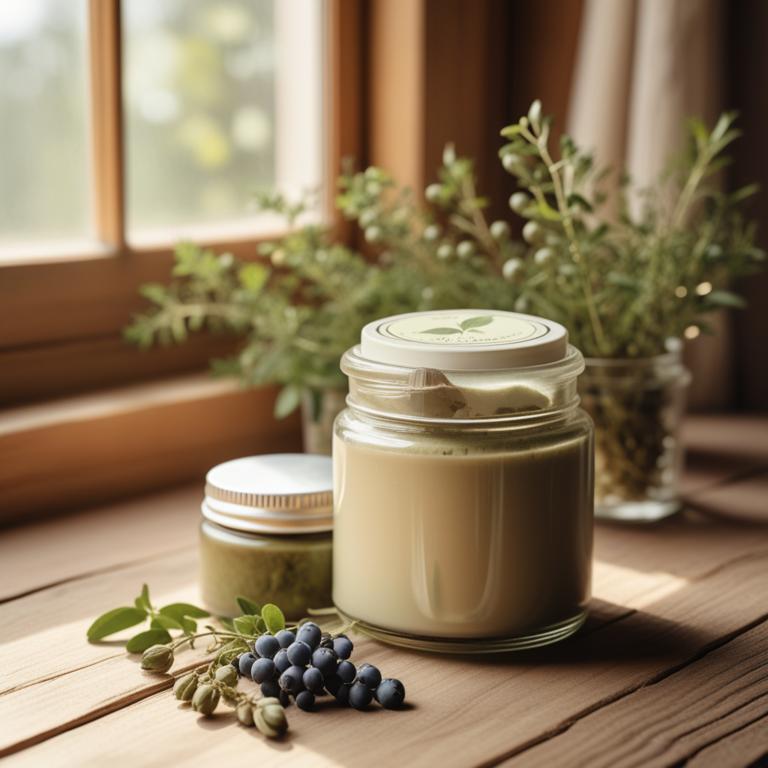
Vaccinium myrtillus creams contains anthocyanins, flavonoids, and tannins as its bioactive constituents.
These compounds have anti-inflammatory and antioxidant properties that can help reduce swelling and improve blood flow in varicose veins. Anthocyanins, in particular, have been shown to improve vascular function by increasing nitric oxide production, which relaxes blood vessels and improves circulation. Flavonoids, such as quercetin, also have anti-inflammatory properties that can help reduce inflammation and pain associated with varicose veins.
The tannins in Vaccinium myrtillus creams can also help to constrict blood vessels, reducing blood flow to the affected area and promoting healing.
- Gather 1 cup of Vaccinium myrtillus berries, 1 cup of coconut oil, and 1/2 cup of beeswax.
- Clean and dry the Vaccinium myrtillus berries, then blend them into a fine powder using a food processor.
- In a double boiler, melt the coconut oil and beeswax over low heat, stirring occasionally.
- Add the Vaccinium myrtillus powder to the melted coconut oil and beeswax, stirring well to combine.
- Remove the mixture from heat, let it cool slightly, then pour it into a container and refrigerate until solidified.
6. Vitis vinifera
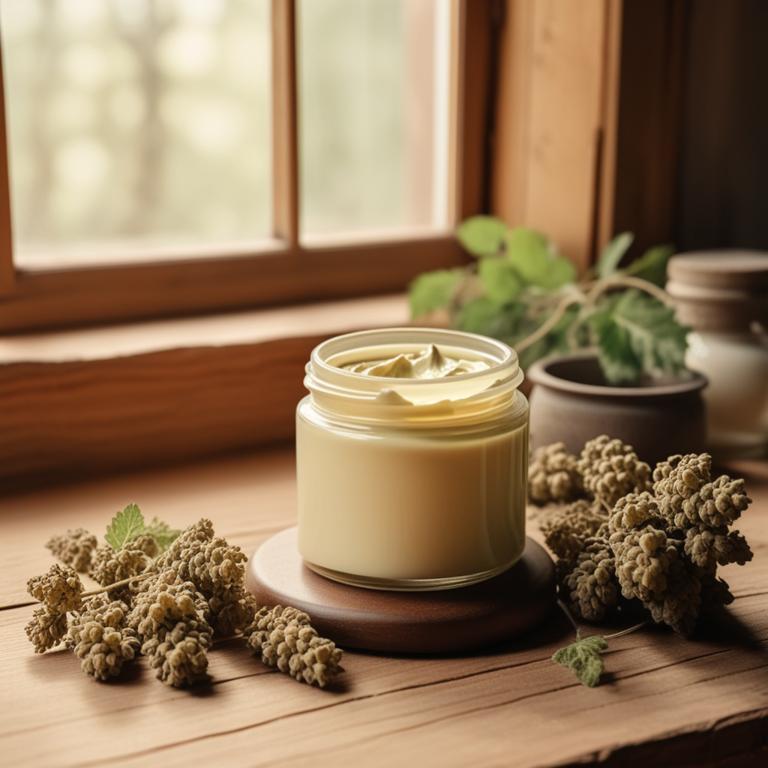
Vitis vinifera creams contains bioactive constituents like flavonoids, phenolic acids, and oligomeric proanthocyanidins (OPCs).
These compounds help to strengthen blood vessel walls and improve circulation, reducing the appearance of varicose veins. The flavonoids in Vitis vinifera creams also have anti-inflammatory properties, which can help to reduce swelling and pain associated with varicose veins. The OPCs, meanwhile, have been shown to improve the elasticity of blood vessels, allowing them to function more efficiently and reducing the risk of vein damage.
By addressing the underlying causes of varicose veins, Vitis vinifera creams can help to alleviate symptoms and promote healthier veins.
- Gather ingredients: 2 cups of Vitis vinifera (grapes) extract, 1/2 cup of coconut oil, 1/4 cup of beeswax, 2 tablespoons of vitamin E oil, and 2 tablespoons of aloe vera gel.
- Melt the coconut oil and beeswax in a double boiler. Stir until the beeswax is fully dissolved.
- Add the Vitis vinifera extract, vitamin E oil, and aloe vera gel to the melted oil mixture. Stir well.
- Remove the mixture from the heat and let it cool until it reaches a temperature of around 120°F (49°C).
- Pour the mixture into a container and let it cool and solidify completely. Once solid, the Vitis vinifera cream is ready to use.
7. Glycyrrhiza glabra
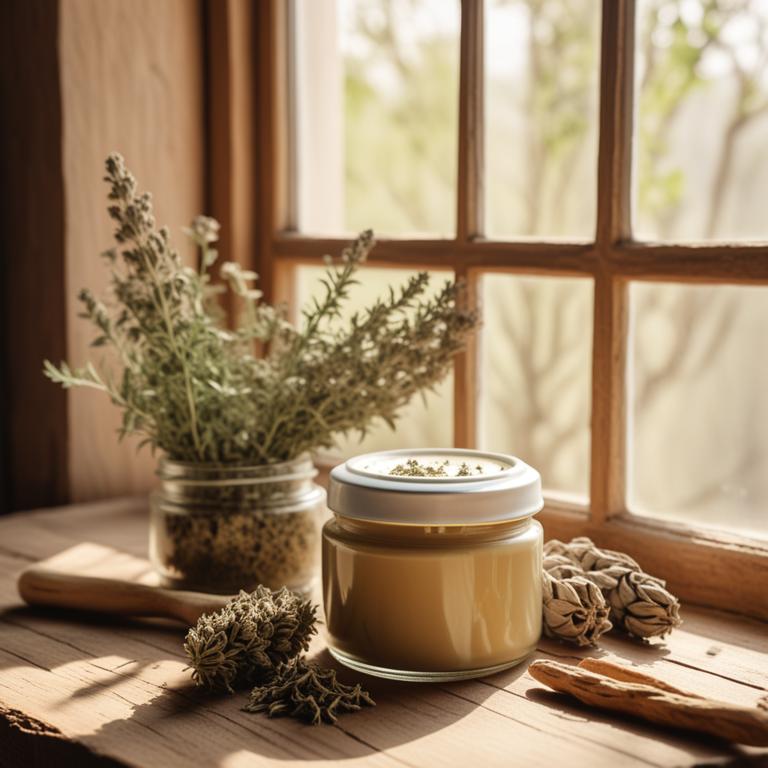
Glycyrrhiza glabra creams contains triterpenoid saponins, specifically glycyrrhizin and glycyrrhetic acid, which have anti-inflammatory properties.
These compounds help reduce inflammation and swelling in the veins, making it beneficial for people with varicose veins. Glycyrrhizin also has a vasoconstrictive effect, which means it can help narrow the veins and improve blood flow. Additionally, glycyrrhizin and glycyrrhetic acid have antioxidant properties, which can protect the skin from damage caused by free radicals.
By reducing inflammation and improving blood flow, Glycyrrhiza glabra creams can help alleviate symptoms of varicose veins, such as pain and discoloration.
- Gather ingredients: 1 cup of distilled water, 1/2 cup of glycerin, 1/4 cup of glycyrrhiza glabra extract, 2 tablespoons of beeswax, and 2 tablespoons of coconut oil.
- In a small saucepan, mix distilled water and glycerin. Heat the mixture over low heat, stirring occasionally.
- Add glycyrrhiza glabra extract to the mixture and stir well. Remove the saucepan from heat.
- In a separate bowl, melt beeswax and coconut oil in the microwave or in a double boiler. Mix well until smooth.
- Combine the mixture from step 3 with the melted beeswax and coconut oil mixture. Stir well and pour into small containers. Let cool and harden before use.
8. Equisetum arvense

Equisetum arvense creams contains flavonoids, alkaloids, and saponins as its active constituents.
These compounds have anti-inflammatory and antioxidant properties, which help to reduce swelling and improve circulation. Flavonoids, in particular, have been shown to improve blood vessel function and reduce the formation of blood clots. Saponins, on the other hand, have been found to have a soothing effect on the skin and help to reduce inflammation.
By improving circulation and reducing inflammation, Equisetum arvense creams may help to alleviate the symptoms of varicose veins.
- Gather 1 cup of Equisetum arvense root, 2 cups of carrier oil (coconut or olive oil), and a saucepan.
- Dry the Equisetum arvense root in a low-temperature oven (150°F - 200°F) for 2 hours.
- Grind 2 tablespoons of dried Equisetum arvense root into a fine powder using a coffee grinder or mortar.
- Combine 2 tablespoons of ground Equisetum arvense root with 2 cups of carrier oil in the saucepan.
- Heat the mixture in the saucepan over low heat for 2 hours, then strain and let it cool to make the cream.
FAQ
Can drinking herbal tea prevent varicose veins from forming?
Drinking herbal tea may help prevent varicose veins from forming.
Herbal teas like hawthorn and horse chestnut have been shown to improve blood circulation and strengthen vein walls. This can help reduce pressure on veins and prevent them from becoming swollen and varicose.
Regular consumption may also help to reduce symptoms of varicose veins.
Is it safe to consume herbal teas for varicose veins every day?
Herbal teas can be a helpful addition to your varicose vein treatment, but it's essential to consume them in moderation.
Drinking a cup of herbal tea daily may help reduce discomfort and swelling.
However, some herbs can interact with medications or worsen certain conditions, so it's crucial to choose a reputable brand and follow the recommended dosage.
How long does it take for herbal teas to show results in varicose veins?
Herbal teas can help with varicose veins, but it takes time to notice results.
Some people see improvement in a few weeks, while others may need a few months. The tea helps to improve circulation and reduce swelling.
As the body adjusts, veins may start to look less noticeable and feel less painful.
What time of day is best to drink herbal tea for varicose veins?
Drinking herbal tea for varicose veins in the morning or early afternoon seems to be a good idea.
This is when the body's blood circulation is most active, and the tea can help to improve blood flow and reduce swelling.
It may also be easier to stick to a regular routine at these times.
Related Articles
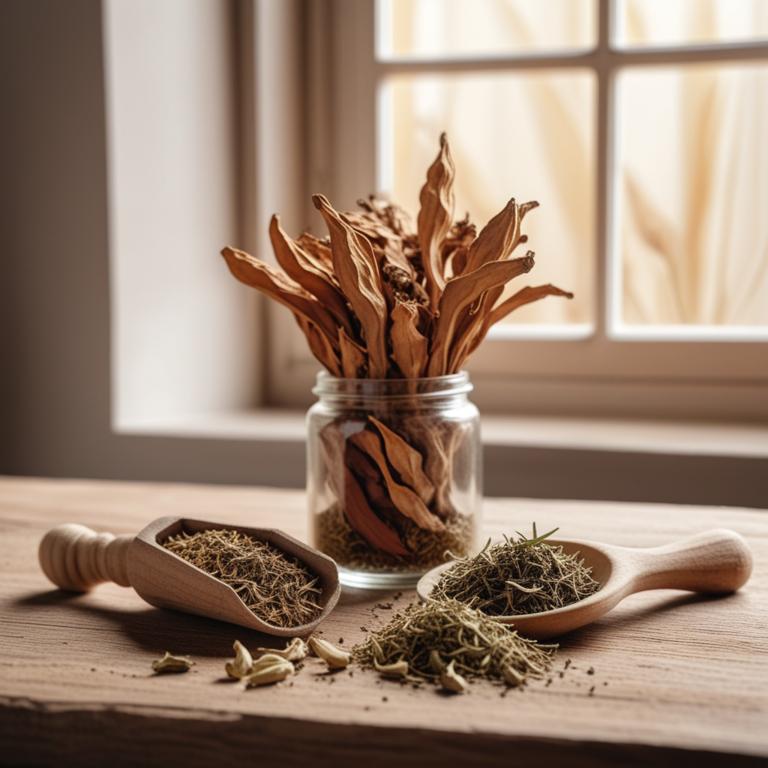
Heart Pain Causes and Medicinal Herbs for Pain Relief
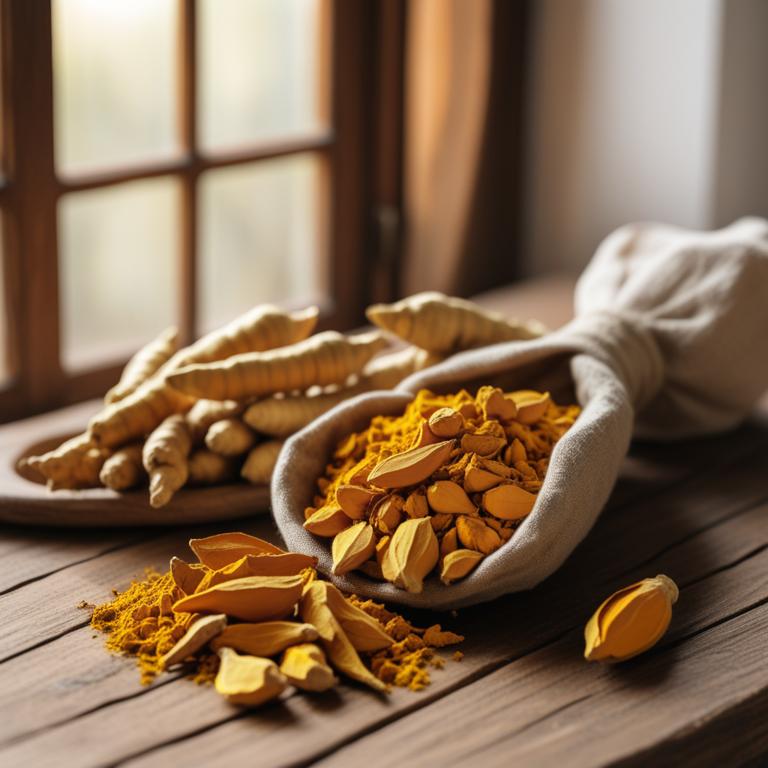
Arteriosclerosis: Unlocking Causes and Herbal Treatment Options
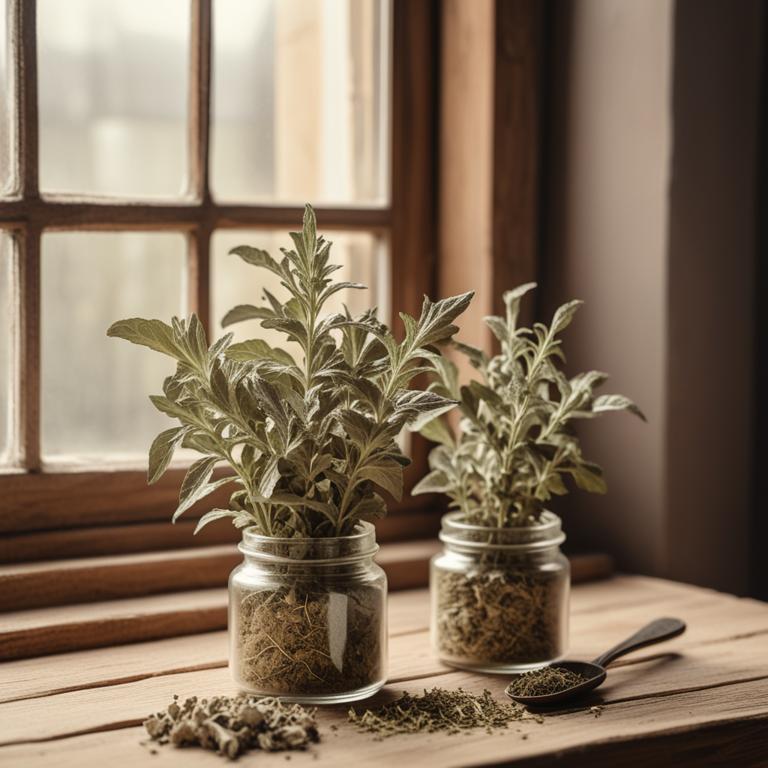
Natural Treatments for Congestive Heart Failure: Medicinal Herbs and Herbal Preparations
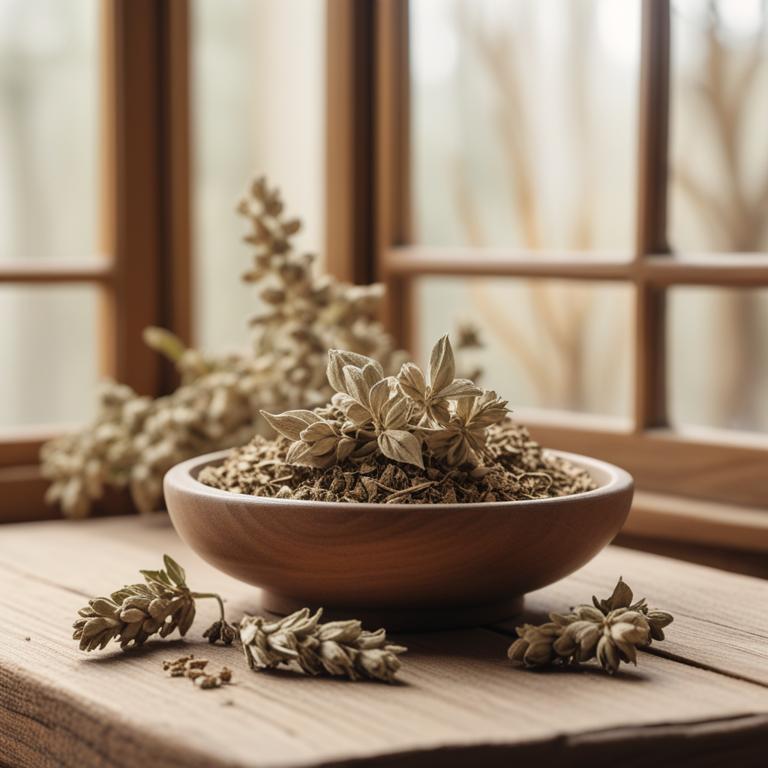
Hypertension and Herbal Remedies: Causes and Medicinal Herbs for Treatment
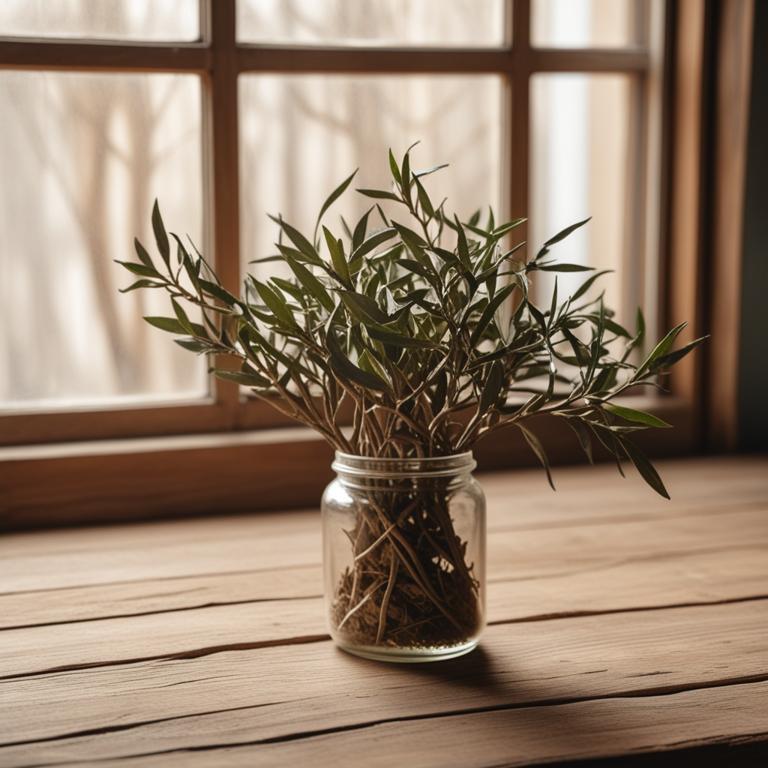
Varicose Veins: Causes, Medicinal Herbs, and Effective Herbal Preparations
